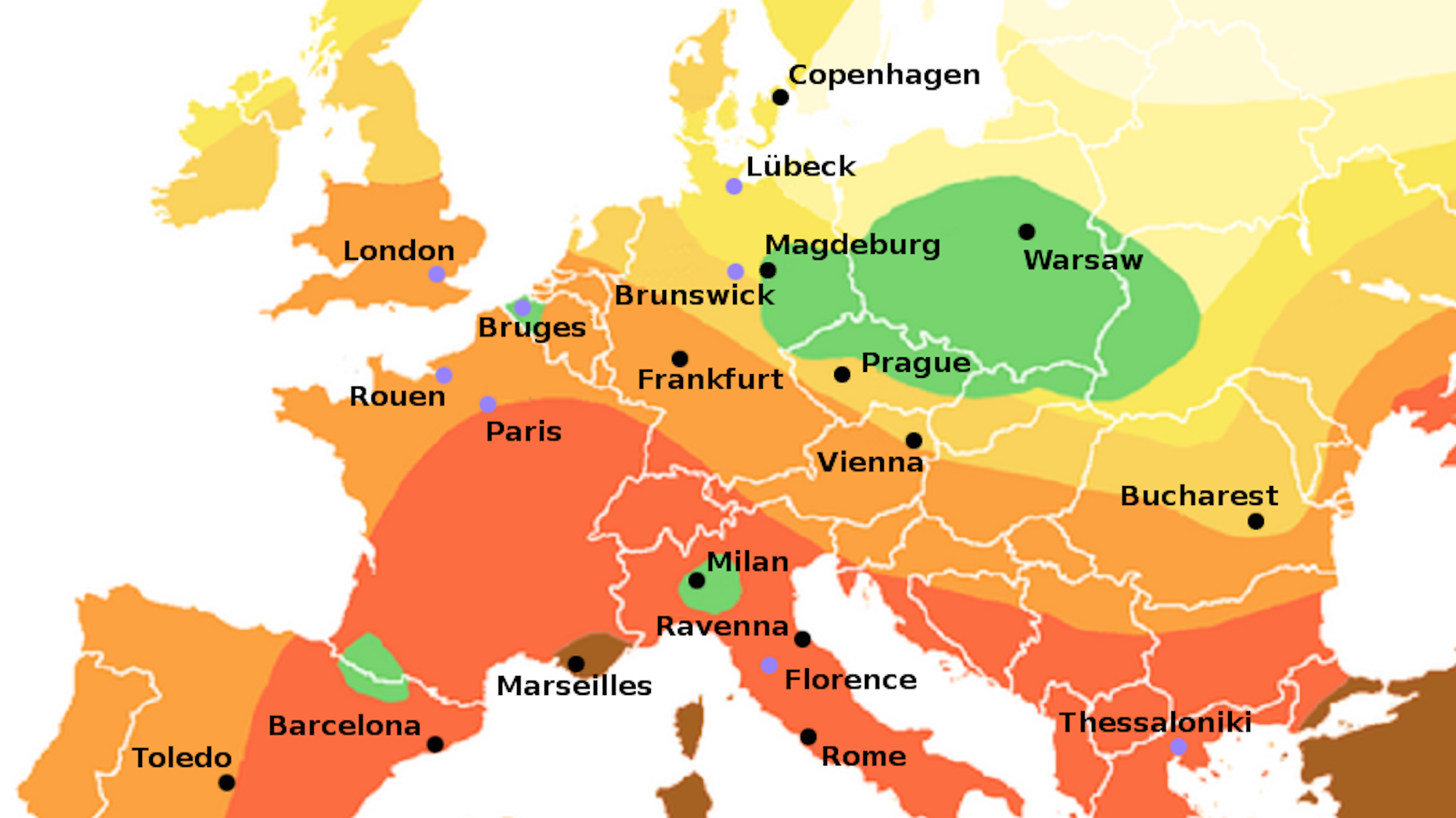Changing Climates May Have Helped Deliver the Black Death to Europe

Few plagues can claim such a high mortality rate as the Black Death — 50 to 70 million dead in Europe alone and hundreds of millions worldwide. The people that lived through the ordeal would come to know it when it first traveled to Europe in 1347.
It’s known that disease was carried by rats from the fleas that harbored the deadly bacteria — the fleas using rodents as their vehicles from boats to land, and then onward to crowded cities. But Kate Wheeling from Pacific Standard writes that Nils Christian Stenseth, a professor at the University of Oslo, has authored a new study that tells a more detailed tale of blame of how the Black Death came to Europe.
Stenseth does not dispute that rats and fleas were the main carriers. The study, published in the Proceedings of the National Academy of Sciences, goes into quite a bit more detail in tracing back the footsteps of the outbreak. While most evidence of the plague has all but disappeared (save for something in a CDC bunker most likely), Stenseth used tree rings and historical data to tell and alternative story of how the plague came to Europe.
He believes that changing climates caused an outbreak in Asia that then migrated into Europe. Stenseth explains that when rat populations begin to fall from changing climates, the fleas who were hitching a ride will seek out new hosts to avoid overcrowding on the scant rat population. So, they’ll hop onto humans, and where the fleas go, so goes the Yersinia pestis — the bacteria that causes the plague.
The authors of the study took samples of tree rings to see if there were matches in the flare-ups of disease in Asia with climate shifts that would cause rodent populations to decline. Stenseth and his team of researchers discovered a 15-year lag between outbreaks in Asia and the disease-carrying rats’ migration to Europe. In other words, climate variations pushed the rats out of Asia for much more hospitable lands. So, they made their journey toward Europe, or wherever the trade ships carried them.
Stenseth said of his research:
“[It’s] quite interesting — and surprising — that the effect of climate variation in Asia can be seen so clearly in Europe more than 10 years later.”
Read more at Pacific Standard.
Photo Credit: David Farrell/Flickr





